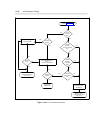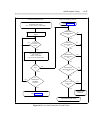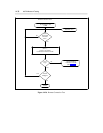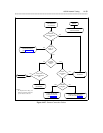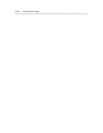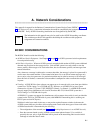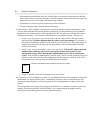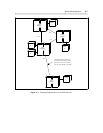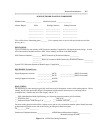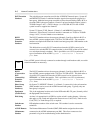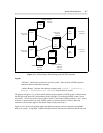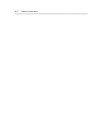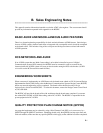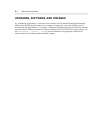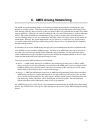A-4 Network Considerations
________________________________________________________________________________________________
________________________________________________________________________________________________
________________________________________________________________________________________________
AUDIX NETWORK PLANNING WORKSHEET
Network Coordinator: Fill out one of the following worksheets for each AUDIX system in the network.
Then give the set of worksheets to the account team or the technician to be used to set up and administer the
AUDIX network correctly. This section provides an explanation of each field.
NOTE: Keep this worksheet as a master copy. Make copies for each AUDIX system.
Machine Name Unique name chosen by the customer. Used to identify the AUDIX system and the
users at the system. The machine name will appear on the STATUS line of the
AUDIX administration or maintenance terminal after a restart. On R1V5 or later
systems, you may simply reset the ACC or ACCE and re-login.
Machine
Password
This password is used by other AUDIX systems to gain access to this system when
delivering network messages. The password should be unique for security reasons,
but must be consistent across the entire network for that machine.
Address Ranges A specific range or set of ranges that define the dial plan of the AUDIX users on this
AUDIX system. Use specific ranges if possible (up to 10 are allowed). This will save
the AUDIX system from processing misaddressed messages. If this is not possible,
turn the send messages to non-administered remote subscribers flag off.
Prefixes are optional codes that precede the required extension ranges. A prefix can
be up to 27 characters and may be the same as an RNX number, a DID number, or an
alphabetic code that is a mnemonic of a location or machine.
Starting/Ending Extensions are required 3- to 5-digit numbers. At least one of the
address ranges should have no prefix; the local machine never requires a prefix.
Duplicate address ranges (also called full overlaps) can only appear in the network up
to 8 times in an R1V3 or R1V4 network. In networks running R1V5 or later
software, up to 16 full overlaps are allowed. No subset or overlap of an existing range
can be assigned.
DCS networks normally never use prefixes (since the intent is to make the networked
machines appear as one large machine). If the AUDIX system is connected to a
switch that is a node in a DCS environment, the address range(s) should include
the entire DCS environment. See Figure A-3, Address Ranges When Dealing with a
DCS Environment.
Examples:
System1= 2000-3999; System2= 5000-5999: This is okay.
System1= 2000-3999; System2= 2000-3999: This is okay (full overlap).
System1= 2000-3999; System2= 3000-5999: This is not okay (partial overlap).
System1= 2000-3999; System2= 2000-2999: This is not okay (subset)
Class of Service This is the class-of-service assigned on the switch for the digital (DCP) and RS-232
extensions to which the ports are assigned.



